Bibliography
Sprint time differences between single- and dual-beam timing systems
Sprint Running Performance Monitoring: Methodological and Practical Considerations

Meatloaf is traced back to ancient times when people started combining ground meat with other ingredients for a more economical and substantial meal.
Colonial America: The concept of mixing ground meat with breadcrumbs or grains dates back to medieval Europe. When settlers arrived in North America, they adapted these techniques to the ingredients available to them, such as native grains and game meats.
19th Century: As meat grinders became more widely available in the 19th century, the preparation of ground meat dishes became easier. Meatloaf gained popularity during this time, with regional variations emerging across the United States. Families would incorporate various seasonings, herbs, and fillers based on local ingredients and preferences.
World War II and Post-War Era: Meatloaf became even more popular during World War II and the post-war era due to its affordability and versatility. Families could stretch a small amount of meat by combining it with breadcrumbs, rice, or oats, making it an economical choice during times of rationing.
1950s and 1960s: Meatloaf reached its peak of popularity in the mid-20th century, becoming a staple of American home cooking. The dish was often featured in cookbooks and advertisements, showcasing its versatility and ease of preparation.
Over time, meatloaf recipes have evolved with regional and personal preferences. Some variations include using different meats (beef, pork, veal, or a combination), adding vegetables, experimenting with various seasonings, and glazing with sauces.
Ingredients:
Celery, chopped fine, 1 & 1/2 oz.
Yellow onions, chopped fine, 2 & 3/4 oz.
Ground beef, 2 lbs.
Eggs, 2 whole
Ketchup, 2 & 1/3 Tbsp.
Mustard, 2 3/8 tsp.
Worcestershire sauce, 1 1/8 tsp.
Italian seasoning, 5/8 tsp.
Bread crumbs, plain, 3 & 1/2 oz.
Kosher salt, 3/8 tsp.
Black pepper, 1/4 tsp.
Topping
Ketchup, 1 & 1/2 oz.
Water, 2 3/8 tsp.
Instructions
Preheat oven to 325 degrees.
Place ground beef in mixing bowl. Add eggs and combine.
Add ketchup (2 & 1/3 Tbsp.), mustard, Worcestershire sauce, Italian seasoning, onions, celery, breadcrumbs, salt, and pepper. Mix well to combine. Meatloaf should be firm. If mixture is not, add more bread crumbs.
Place meatloaf in a loaf pan. Make sure it is spread evenly.
Bake for about 45 minutes, uncovered. Remove from oven.
Combine ketchup (1 & 1/2 oz.) and water. Spread over meatloaf.
Return to oven for another 15-20 minutes, or until internal temperature reaches 155 degrees.
Let the meatloaf rest for 30 minutes prior to cutting.
Dining Services Recipe | MTU Alumni Recipe
Perfect weather for a Husky. 💛🐾#MichiganTech pic.twitter.com/iGuBVE484J
— Michigan Tech (@michigantech) January 24, 2024
2024 Financial Report: Net Position $479,190,705
Oklahoma Commercial Kitchen Requirements
Ingredients:
1 pound dried split peas, rinsed and picked over
1 ham hock, ham bone, or 1 pound diced ham
1 onion, chopped
2 carrots, chopped
2 celery stalks, chopped
2 cloves garlic, minced
8 cups chicken or vegetable broth
2 bay leaves
Salt and pepper to taste
Optional: thyme, parsley, or other herbs for flavor
Instructions:
Prepare the ingredients: Rinse the split peas under cold water and pick out any debris. Chop the onion, carrots, and celery. Mince the garlic.
Sauté aromatic vegetables: In a large pot or Dutch oven, heat some olive oil over medium heat. Add the chopped onion, carrots, celery, and garlic. Sauté until softened, about 5-7 minutes.
Add split peas and broth: Add the rinsed split peas to the pot, along with the ham hock, ham bone, or diced ham. Pour in the chicken or vegetable broth. Add bay leaves and any other herbs you’re using.
Simmer the soup: Bring the soup to a boil, then reduce the heat to low. Let it simmer, uncovered, stirring occasionally, until the split peas are tender and the soup has thickened, about 1 to 1.5 hours. If using a ham hock or bone, remove it from the soup once the meat is falling off the bone; shred the meat and return it to the pot.
Season to taste: Taste the soup and season with salt and pepper as needed. Adjust any other seasonings to your liking.
Serve: Remove the bay leaves before serving. Ladle the soup into bowls and enjoy hot. Optionally, you can garnish with chopped fresh parsley or a drizzle of olive oil.
Tips:
You can customize the soup by adding other vegetables like potatoes or leeks.
For a vegetarian version, omit the ham and use vegetable broth instead of chicken broth.
Split pea soup tends to thicken as it sits, so you may need to add more broth or water when reheating leftovers.
National Collegiate Athletic Association: August 2022 IRS Form 900 Tax Filing
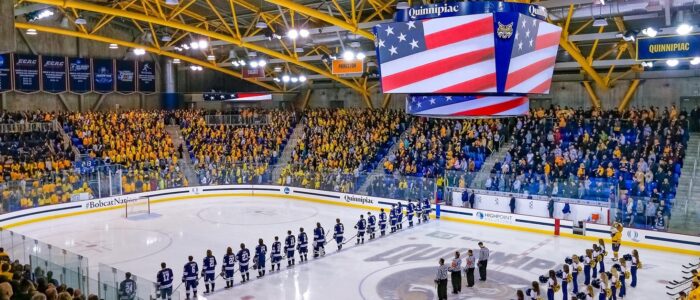
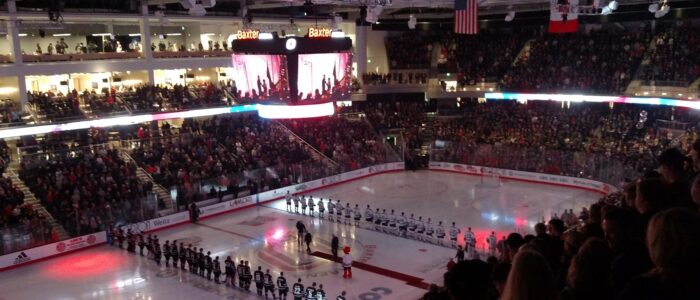
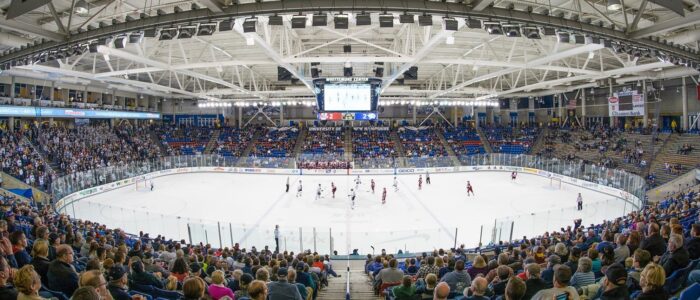
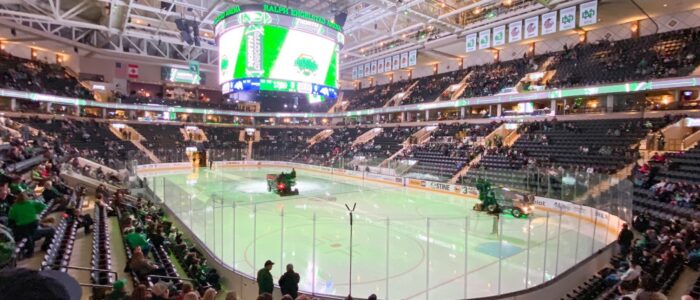
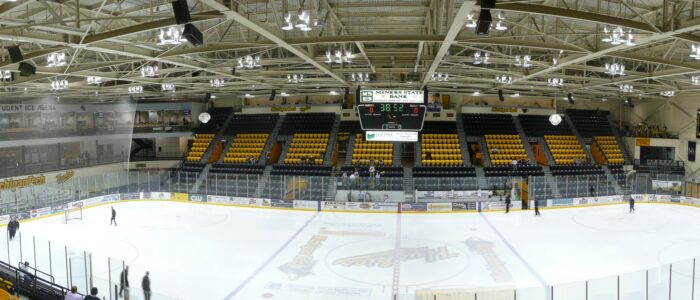
After athletic arena life safety obligations are met (governed legally by NFPA 70, NFPA 101, NFPA 110, the International Building Code and possibly other state adaptations of those consensus documents incorporated by reference into public safety law) business objective standards may come into play.For almost all athletic facilities, the consensus documents of the Illumination Engineering Society[1], the Institute of Electrical and Electronic Engineers[2][3] provide the first principles for life safety. For business purposes, the documents distributed by the National Collegiate Athletic Association inform the standard of care for individual athletic arenas so that swiftly moving media production companies have some consistency in power sources and illumination as they move from site to site. Sometimes concepts to meet both life safety and business objectives merge.
During hockey season the document linked below provides information to illumination designers and facility managers:
Athletic programs are a significant source of revenue and form a large part of the foundation of the brand identity of most educational institutions in the United States. We focus primarily upon the technology standards that govern the safety, performance and sustainability of these enterprises. We collaborate very closely with the IEEE Education & Healthcare Facilities Committee where subject matter experts in electrical power systems meet 4 times each month in the Americas and Europe.
See our CALENDAR for our next colloquium on Sport facility codes and standards. We typically walk through the safety and sustainability concepts in play; identify commenting opportunities; and find user-interest “champions” on the technical committees who have a similar goal in lowering #TotalCostofOwnership.





Issue: [15-138]*
Category: Electrical, Architectural, Arts & Entertainment Facilities, Athletics
Colleagues: Mike Anthony, Jim Harvey, Jack Janveja, Jose Meijer, Scott Gibbs
LEARN MORE:
[1] Illumination Engineering Handbook
[2] IEEE 3001.9 Recommended Practice for Design of Power Systems for Supplying Lighting Systems for Commercial & Industrial Facilities
[3] IEEE 3006.1 Power System Reliability
* Issue numbering before 2016 dates back to the original University of Michigan codes and standards advocacy enterprise
PUBLIC LAW 109–58—AUG. 8, 2005 | ENERGY POLICY ACT OF 2005
January 25th Joint Meeting of the Nuclear Regulatory Commission and FERC: Docket No. AD06-6-000. Given the close coupling of electric and natural gas supply with respect to power reliability, the mind boggles at the hostility of the Biden Administration to natural gas anywhere on earth. Natural gas is critical to generation plant black start capabilities and hospitals, among others.
A selection of the presentations:
“Long Term Reliability Assessment” – Presented by Mark Lauby, Senior Vice President and Chief Engineer, NERC
“Grid Reliability Overview & Updates” – Presented by David Ortiz, Director of the Office of Electric Reliability
“Status of Standards and Implementation for Cold Weather Preparedness and Applicability to Nuclear Plants” – Presented by David Huff, Electrical Engineer, Office of Electric Reliability
“Gas-Electric Coordination Since Winter Storm Uri” – Presented by Heather Polzin, Reliability Enforcement Counsel, Office of Enforcement
“Overview of Power Reactor Activities” – Presented by Andrea Kock, Deputy Office Director for Engineering, NRR
“Grid Reliability Updates” – Presented by Jason Paige, Chief, Long-Term Operations and Modernization Branch, Division of Engineering and External Hazards, NRR
Related:
Utah State University: History of Probability
Sample Probability and Statistics Problem from Professional Electrical Engineer’s Examination
Ingredients:
Directions:
(Note: This soup freezes well.) Matzo balls were prepared according to the recipe on the back of the box of matzo meal (Manischewitz).
b
Celebrating a decade of leadership!
Today marks the 10th anniversary of Chancellor Jeffrey P. Gold’s remarkable journey with UNMC. Thank you, @jeffreypgold, for your unwavering commitment to excellence and your visionary guidance to the UNMC community. https://t.co/jgGhyMH55r pic.twitter.com/fPxvyMsnz2
— University of Nebraska Medical Center (@unmc) February 1, 2024
One of the core documents for heat tracing is entering a new 5-year revision cycle; a consensus standard that is especially relevant this time of year because of the personal danger and property damage that is possible in the winter months. Education communities depend upon heat tracing for several reasons; just a few of them listed below:
IEEE 515 Standard for the Testing, Design, Installation, and Maintenance of Electrical Resistance Trace Heating for Industrial Applications is one of several consensus documents for trace heating technology. Its inspiration originates in the petrochemical industry but its principles apply to all education facilities exposed to cold temperature and snow. From its prospectus:
This standard provides requirements for the testing, design,installation, and maintenance of electrical resistance trace heating in general industries as applied to pipelines, vessels, pre-traced and thermally insulated instrument tubing and piping, and mechanical equipment. The electrical resistance trace heating is in the form of series trace heaters, parallel trace heaters, and surface heating devices. The requirements also include test criteria to determine the suitability of these heating devices utilized in unclassified (ordinary) locations.
Its principles can, and should be applied with respect to other related documents:
National Electrical Code Article 427
NECA 202 Standard for Installing and Maintaining Industrial Heat Tracing Systems
IEC 62395 Electrical resistance trace heating systems for industrial and commercial applications
ASHRAE 90.1 Energy Standard for Buildings Except Low-Rise Residential Buildings
We are happy to explain the use of this document in design guidelines and/or construction specifications during any of our daily colloquia. We generally find more authoritative voices in collaborations with the IEEE Education & Healthcare Facilities Committee which meets 4 times per month in Europe and in the Americas. We maintain this title on the standing agenda of our Snow & Ice colloquia. See our CALENDER for the next online meeting.
Issue: [18-331]
Colleagues: Mike Anthony, Jim Harvey, Kane Howard
Category: Electrical, #SmartCampus
LEARN MORE:
Good Building Practice for Northern Facilities
New update alert! The 2022 update to the Trademark Assignment Dataset is now available online. Find 1.29 million trademark assignments, involving 2.28 million unique trademark properties issued by the USPTO between March 1952 and January 2023: https://t.co/njrDAbSpwB pic.twitter.com/GkAXrHoQ9T
— USPTO (@uspto) July 13, 2023
Standards Michigan Group, LLC
2723 South State Street | Suite 150
Ann Arbor, MI 48104 USA
888-746-3670
